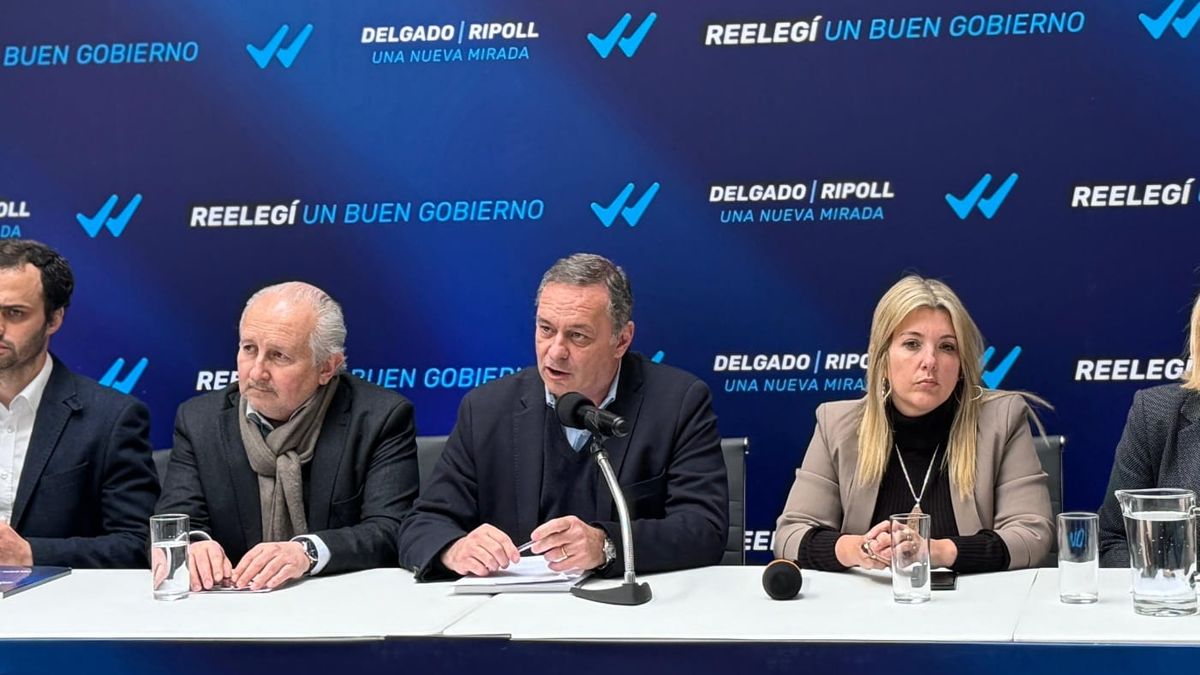The presidential candidate Uruguay by the National Party, Alvaro Delgado, presented the education plan that will be implemented in a possible second coalition government. Accompanied by the vice-presidential candidate Valeria Ripoll and the current Minister of Education and Culture, Pablo da Silveiraannounced “two ideas to impact education”: an economic bonus to encourage the completion of high school and the universalization of full-time or extended primary and early childhood education.
Somewhat behind other areas of debate such as security or the economy, education is gaining attention among the proposals of presidential candidates who, little by little, are beginning to put ideas on the table for debate. In this regard, Slim presented his education plan with two pillar measures – one of which had already been previously announced – that will involve an investment of at least 222 million dollars.
“We are on the right track. The educational transformation is the way. But we know that in many aspects we need to speed up the pace,” he said. Slim in the official document that focuses on two particular proposals within a broader educational agenda.
Economic bonus to solve school dropouts
The first proposal of Slim, As his eventual Minister of Economy had already announced, Diego Labat, is the implementation of a economic bonus for young people from the two poorest quintiles to finish high school. “The goal for 2030 is for 66% of young people to graduate from high school Upper Secondary Education. Today we are at 52%, it is possible but there is still a long way to go,” he said.
He also stressed that in the two poorest quintiles of the country, the average completion rate barely exceeds 30%, mainly due to not having the material conditions to continue their education. Therefore, “as a form of support for the completion of high school studies, shock support is proposed” for these young people.
“Any young person from these two segments who wants to complete the 5th or 6th year of high school can apply for this program that will provide them with follow-up and a financial bonus to finish high school,” the measure establishes.
The bonus, meanwhile, would be 13,000 Indexed Units (IU)equivalent to 79,093 pesos at current value, for young members of households in the first two quintiles who finish 5th grade before age 18; and 26,000 UI (158,186 pesos) for young members of households in the first two quintiles who finish 6th grade before age 20. The total estimated cost of the measure is 32 million dollars in its initial stage, although it could double if there is an equal jump in the number of students who finish secondary school.
Universalization of full-time work
The second measure proposed at the educational level by the Delgado-Ripoll formula It involves the universalization of primary and initial full-time or extended-time education for the first two quintiles, with the aim of responding to a need of the poorest households in the country.
At the level of Primary, The implementation would take place through the extension of pedagogical time, through the transformation of ordinary schools into extended-time schools and full-time schools.
In the arguments, the proposal of Slim points out that “evidence shows that full-time schools perform better in terms of educational outcomes” and that “the demographic dynamics”, With a drop in enrollment due to lower birth rates, this creates the ideal scenario for increasing investment per student. This would have an estimated cost of 40 million dollars per year for operations plus 150 million dollars for one-time works.
Source: Ambito




